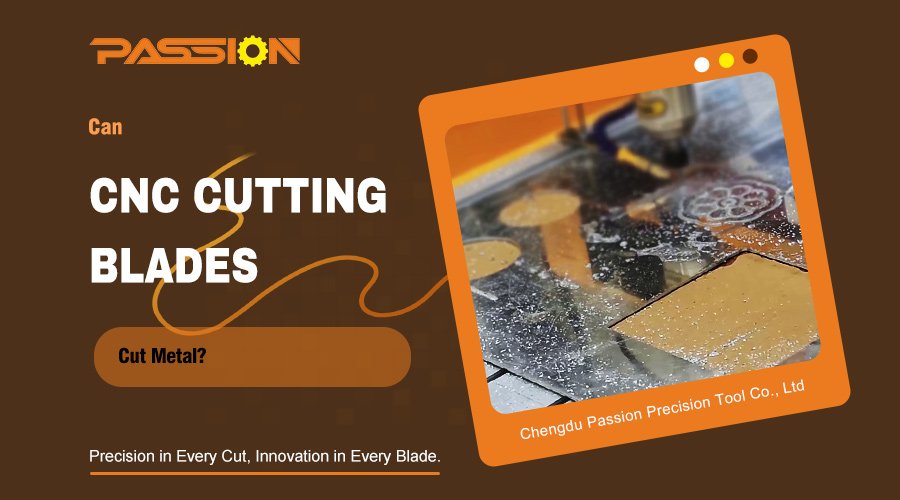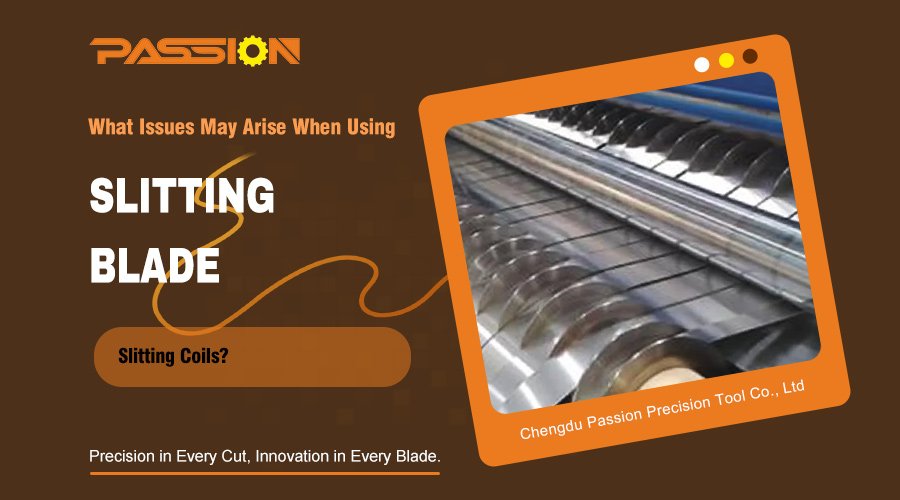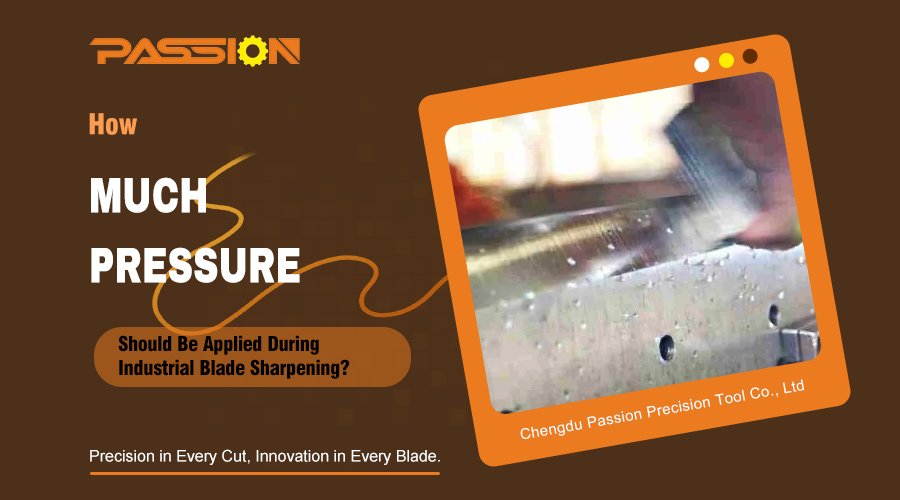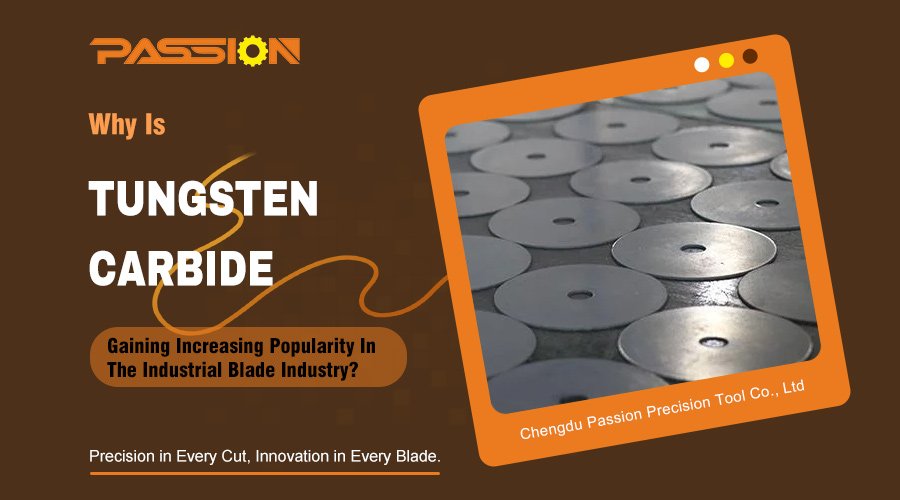Cemented carbide blades are indispensable tools in modern manufacturing. Their performance and quality directly relate to the processing efficiency, workpiece accuracy, and production costs. With the rapid development of the manufacturing industry, the cemented carbide blades industry is constantly expanding, and many professional terms have emerged. In this article, I will give you a detailed introduction to the common terms in the cemented carbide blades industry, and I will also explain some terms in detail to help you better understand this field.
I. Basic Terms Of Cemented Carbide
Cemented Carbide
Cemented carbide is a composite material made by mixing tungsten carbide (WC) powder and cobalt (Co) powder and then processing them through powder metallurgy. It combines high hardness and good toughness, making it ideal for manufacturing cutting tools, molds, and wear-resistant parts.
Tungsten Carbide (WC)
Tungsten carbide is the main component of cemented carbide, featuring extremely high hardness and wear resistance. In cemented carbide, the ideal carbon content of tungsten carbide is 6.13% by weight. Excessive or insufficient carbon content will significantly affect the performance of cemented carbide.
Cobalt (Co)
Cobalt serves as the binder phase in cemented carbide, primarily binding tungsten carbide particles together to form an alloy with excellent mechanical properties. The content and distribution of cobalt have a significant impact on the toughness and impact resistance of cemented carbide.
Titanium Carbide (TiC)
Titanium carbide is another common component in cemented carbide, similar to tungsten carbide in terms of high hardness and wear resistance. In some special applications, titanium carbide can replace or partially replace tungsten carbide to improve certain properties of cemented carbide.
Titanium Carbonitride (Ti(C,N))
Titanium carbonitride is a solid solution of titanium carbide and titanium nitride, with higher hardness and wear resistance than titanium carbide. It is often used to manufacture high-performance cutting tools and wear-resistant parts.
II. Manufacturing Processes Of Cemented Carbide Cutting Blades
Sintering
Sintering is a crucial step in the manufacturing process of cemented carbide cutting blades. At high temperatures, tungsten carbide and cobalt powders undergo solid-phase reactions to form a dense alloy structure. Pressure sintering is an effective means of reducing porosity, contributing to improved strength and wear resistance of cemented carbide.
Decarburization
Decarburization refers to the phenomenon of insufficient carbon content in cemented carbide after sintering. When the carbon content in tungsten carbide is lower than the ideal value, the microstructure of cemented carbide changes from WC-Co to W2CCo2 or W3CCo3, resulting in reduced strength and increased brittleness.
Carburization
Carburization refers to the phenomenon of excessive carbon content in cemented carbide after sintering. Excessive carbon forms free carbon, reducing the strength and wear resistance of cemented carbide. The C-type pores in phase detection can indicate the degree of carburization.
Coercive Force
Coercive force is the residual magnetic force measured after magnetizing the magnetic material in cemented carbide to saturation and then demagnetizing it. The coercive force has a direct relationship with the average grain size of the carbide phase in cemented carbide: finer grains result in higher coercive force values.
Magnetic Saturation
Magnetic saturation refers to the phenomenon where magnetic materials reach saturation under a magnetic field. Cobalt is magnetic, while non-magnetic materials such as tungsten carbide do not exhibit magnetic saturation. By measuring the magnetic saturation value of cobalt and comparing it with the corresponding value of a pure cobalt sample, one can assess the alloying level of the cobalt binder phase and determine the deviation from the ideal carbon content.
Cobalt Pool
The cobalt pool refers to the phenomenon of excessive cobalt produced after sintering the cobalt binder and tungsten carbide. Cobalt pools are often caused by low sintering temperatures, insufficient material molding density, or pores filled with cobalt during HIP (hot isostatic pressing) treatment. The presence of cobalt pools affects the wear resistance and strength of cemented carbide.
Powder Metallurgy
Powder metallurgy is a method of manufacturing metallic materials through powder preparation, molding, and sintering processes. In the manufacturing of cemented carbide cutting blades, powder metallurgy technology is key to achieving tight bonding between tungsten carbide and cobalt powders.
Hot Isostatic Pressing (HIP)
Hot isostatic pressing is a method of densifying materials under high temperature and pressure. In the manufacturing of cemented carbide cutting blades, HIP treatment can further reduce porosity, improving material density and performance.
III. Properties And Testing Terms Of Cemented Carbide Cutting Tools
Hardness
Hardness measures the ability of cemented carbide cutting tools to resist local pressure deformation. Higher hardness results in better wear resistance but may reduce toughness. Common hardness testing methods include Rockwell hardness (HRA) and Vickers hardness (HV).
Toughness
Toughness refers to the ability of cemented carbide cutting blades to resist fracture when subjected to impact. Tough cutting tools perform better in resisting impact and vibration during processing. Toughness is typically assessed through impact tests.
Wear Resistance
Wear resistance refers to the ability of cemented carbide cutting tools to maintain sharp cutting edges and stable shapes during use. Good wear resistance extends tool life and improves processing efficiency. Wear resistance tests typically include wear tests and cutting tests.
Impact Resistance
Impact resistance refers to the ability of cemented carbide cutting blades to resist damage when subjected to large impacts. For processing applications requiring high impact loads, impact resistance is particularly important. Impact resistance tests are often conducted using drop hammer tests or impact testers.
Metallographic Examination
Metallographic examination involves observing and analyzing the internal structure of cemented carbide cutting blades to assess their properties. It can reveal defects, grain size, cobalt pool distribution, and other information within the tools. Common metallographic examination methods include microscope observation and scanning electron microscopy (SEM).
Carbide Phase Analysis
Carbide phase analysis determines the content and distribution of tungsten carbide and other carbides in cemented carbide cutting tools through chemical or physical methods. It helps understand the composition and performance characteristics of the tools. Common analysis methods include X-ray diffraction (XRD) and energy dispersive spectroscopy (EDS).
Microstructural Observation
Microstructural observation involves observing the internal microstructure of cemented carbide cutting tools using microscopes, including grain morphology, grain boundary distribution, etc. It helps reveal the microscopic mechanisms of tool performance. Common observation methods include optical microscopes and electron microscopes.
Fatigue Strength
Fatigue strength refers to the ability of cemented carbide cutting blades to resist fracture under long-term alternating loads. Fatigue strength tests are typically conducted using fatigue testing machines to assess the reliability of tools under long-term use.
Thermal Stability
Thermal stability refers to the ability of cemented carbide cutting tools to maintain stable performance under high-temperature environments. Thermal stability tests often include cutting tests or thermal shock tests under high-temperature conditions to assess the wear resistance and deformation resistance of tools at high temperatures.
IV. Other Related Terms In Cemented Carbide Cutting Blades
Coating Technology
Coating technology involves applying one or more layers of special materials to the surface of cemented carbide cutting blades to improve wear resistance, impact resistance, and lubrication. Common coating materials include titanium nitride (TiN), titanium carbide (TiC), aluminum oxide (Al2O3), etc.
Tool Geometry Parameters
Tool geometry parameters refer to the shape, size, and angles of cutting tools during the cutting process. These parameters directly affect the cutting performance and workpiece quality of the tools. Common tool geometry parameters include rake angle, relief angle, and cutting edge angle.
Cutting Fluid
Cutting fluid is a liquid used to cool, lubricate, and clean the cutting area during the cutting process. The selection and use of cutting fluids have a significant impact on the cutting performance and life of cemented carbide cutting blades. Common cutting fluids include water-soluble cutting fluids and oil-based cutting fluids.
Tool Wear
Tool wear refers to the phenomenon of performance degradation of cutting tools due to friction, wear, and high temperatures during the cutting process. Tool wear is an inevitable issue in cutting processing, but it can be slowed down by reasonable cutting parameters, coating technology, and tool material selection.
Tool Management
Tool management refers to the management activities related to the procurement, storage, use, and maintenance of cutting tools. Effective blade management can improve cutting processing efficiency, reduce production costs, and ensure workpiece quality.
V. Conclusion
The cemented carbide cutting blades industry is a field full of challenges and opportunities. With the rapid development and technological advancements in the manufacturing industry, the application fields of cemented carbide cutting blades will become more extensive. Understanding the common terms and in-depth explanations in the cemented carbide cutting tools industry helps us better grasp the development trends and industry dynamics of this field. We hope this article provides valuable reference and insight for readers.








